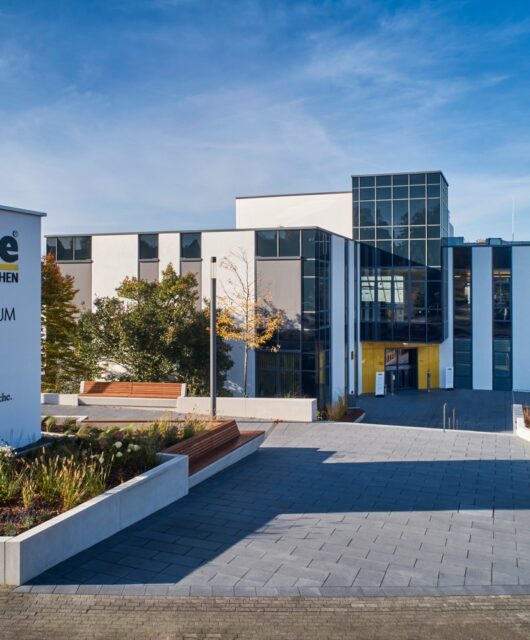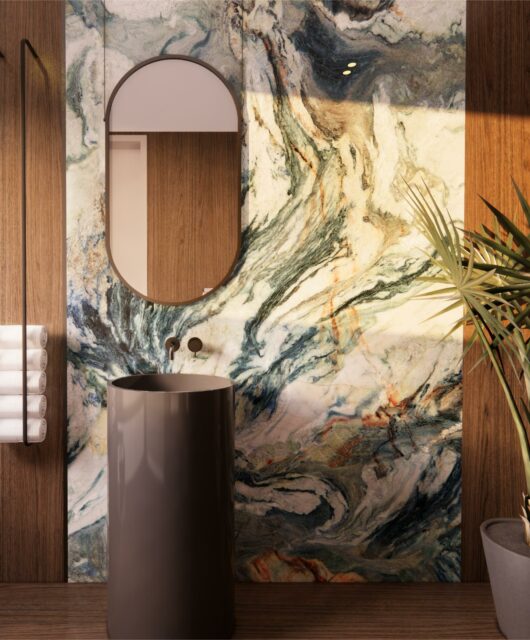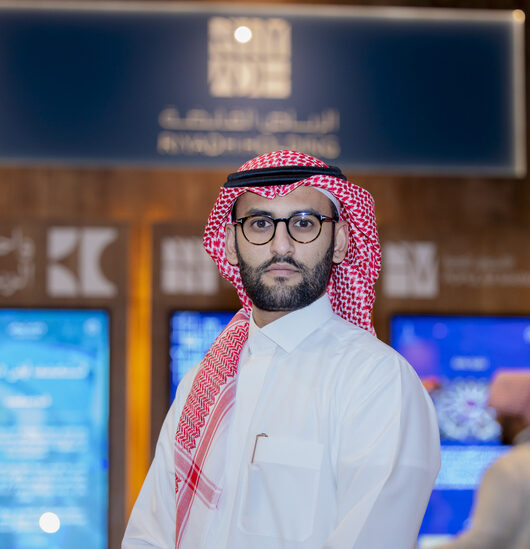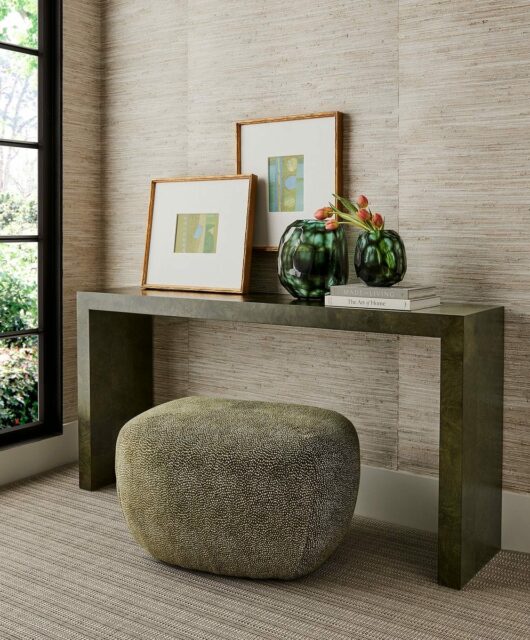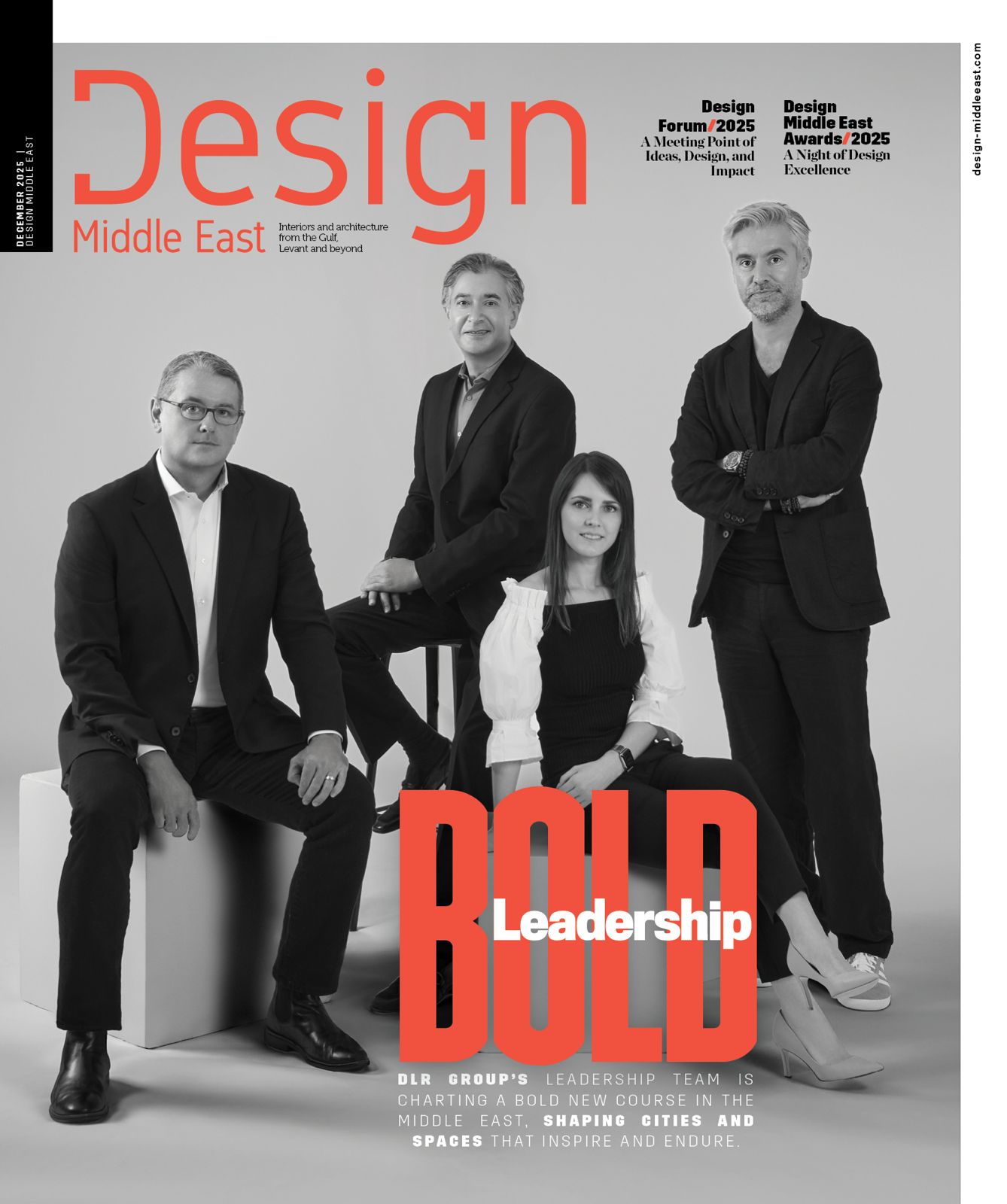Sou Fujimoto shares key insights about his journey and visions
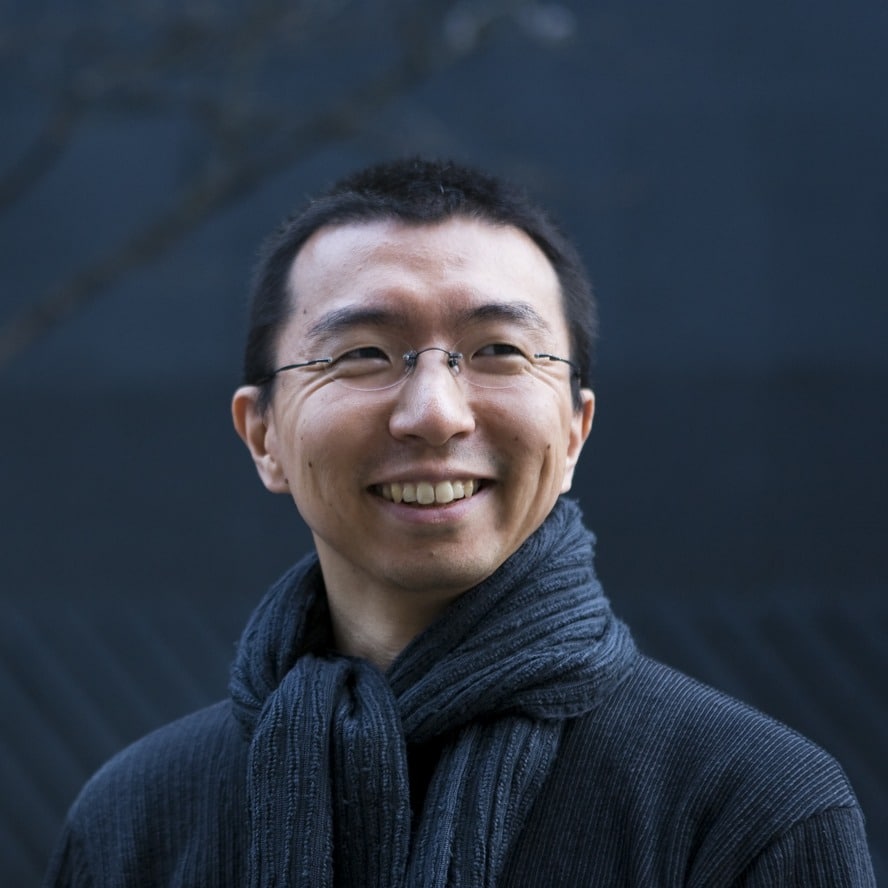
One of Japan’s leading architects, Sou Fujimoto, shares his design philosophy, inspirations, and longstanding collaboration with TOTO. From the forests of Hokkaido to global landmarks like the Serpentine Pavilion and L’Arbre Blanc, Fujimoto discusses the intersection of nature, technology, and human-centric spaces, shaping the future of architecture.
1. Can you share your background and the key influences that have shaped your architectural philosophy and approach to design?
I grew up in Hokkaido and often played in wild forests as a child. Of course, I didn’t think about architecture at all at the time, but when I started studying architecture, I felt that the experience of playing in the forest had many meanings, such as a sense of scale, diversity, and something beyond functionality. And the contrast between Tokyo, where I studied architecture, and the natural environment of Hokkaido, where I grew up, was very interesting. The center of Tokyo and residential areas do not have such vast wildlife habitats, but when I walked around the small streets of the city, it seemed like I was walking in a forest. In the forest, there are leaves and branches and small bushes, and in Tokyo, there are many small man-made objects, even electric wires, floating in space.
I feel that the forest is not just a forest, but a structure behind it, a place surrounded and protected by small elements of the human scale, but also an open field where everyone can choose their path and activities. It is a place that stimulates diversity, and in that diversity, you can choose your own path, where to stay, and how to experience it. In that sense, the forest for me is a word that symbolizes the basis of architectural thinking, the basis of thinking that connects architecture and nature. It is the basis for creating something that goes beyond the usual functional thinking about architecture.
2. The Serpentine Gallery Pavilion in London and L’Arbre Blanc in France are iconic examples of your work. What inspired the conceptual design behind these projects, and how did you overcome their unique challenges?
In designing Serpentine Pavilion 2013, we envisioned a topographical place where people can find new and diverse ways of behaving, a semi-transparent architecture. The beautiful greenery of the surrounding area, its vivid greenery, and the geometric architecture of the pavilion blend together. At first the idea came to me of a design in which the geometry and architectural forms would naturally merge with the human body. By repeating simple cubes that match the size of the human body, we created a form that exists between the organic and the abstract; by smoothing the edges and making the structure ambiguous, the boundary between the interior and exterior is blurred; and by using thin steel rods, we created translucent and irregular shapes The thin steel rods create translucent and irregular shapes, while at the same time protecting visitors from such structures and allowing people to become part of the landscape.
L’Arbre Blanc was a design competition held by the Montpellier City Council in 2013, and we were asked to come up with a bold proposal with eco-friendly shops and residences that would be a beacon celebrating the city’s architectural heritage. We first had an open discussion about how to realize Montpellier’s traditional lifestyle in a high-rise building. Montpellier has a warm Mediterranean climate, and it seems that people eat lunch outside even in winter. The local people also like to go outside to eat, take naps, and talk with their friends, and they don’t seem to be originally indoor types. From there, we decided that it would be better to have a lot of outdoor space and to put out a large balcony. Rather than suddenly coming up with artistic inspiration or ideas, we proceeded by confirming the prerequisites together, and as a result, a rich outdoor space was created.
3. Your collaboration with TOTO has been a longstanding one. Could you share what initially attracted you to work with a luxury sanitary ware brand like TOTO, and how this partnership has evolved over time?
TOTO is one of the world’s leading sanitary ware brands, and at the same time, I believe it is a brand that has contributed to architectural culture and the development of society, playing a part in that history. Starting with our work being exhibited at a special exhibition held at Gallery Ma in Tokyo in 2002, we participated in Bath Views, a collection of new perspectives on baths by architects in 2009, and held our own solo exhibition and traveling exhibition at Gallery Ma in 2015. We have been successful in collaborating with TOTO not only in our daily design activities but also in these cultural activities.
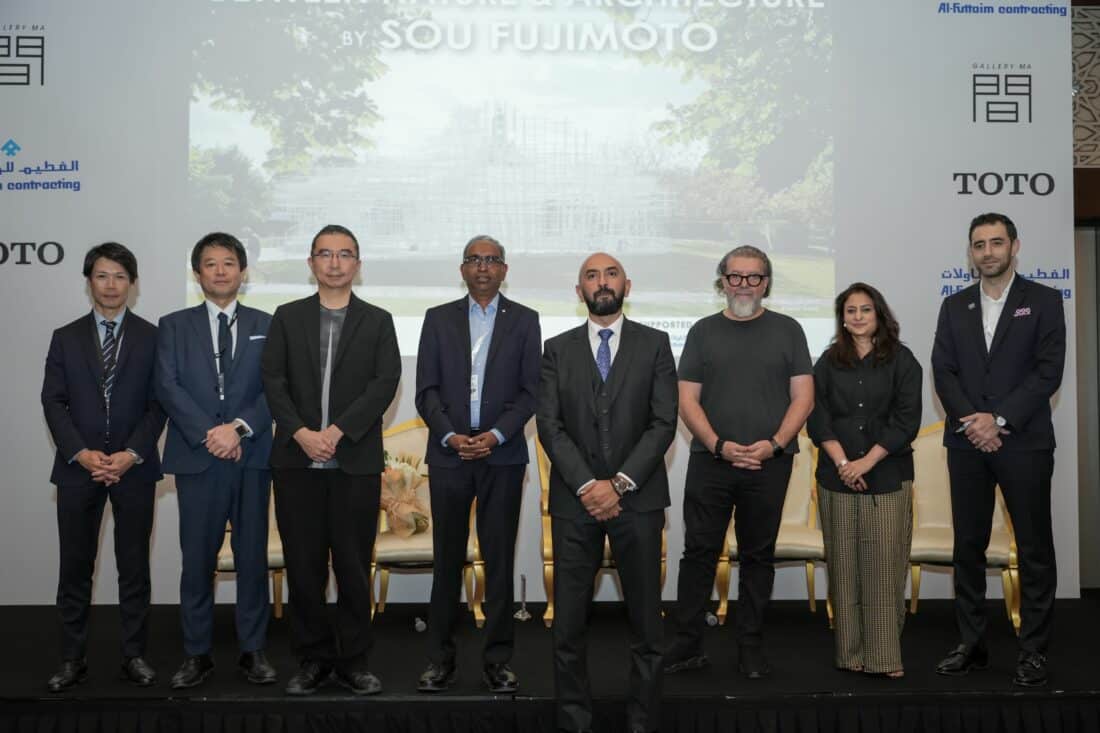
4. TOTO is known for its commitment to innovation and sustainability. How do you integrate these values into your architectural projects, and how do they align with your design philosophy?
The philosophy of sustainability activities that TOTO upholds is the most important theme in society going forward, and it is essential that we move forward with the same theme in architectural design. We believe that comfort and health, the environment, creating connections with people, and accepting and resonating with various forms of diversity will lead to new innovation.
5. TOTO emphasises both technology and design in its products. How do you see these two elements coming together in your architectural designs, particularly in residential or hospitality projects?
Sanitation facilities are used by all humans and are very familiar to us. TOTO’s sophisticated and minimalist design enhances the value of technology and we believe that being considerate to people of all ages and with disabilities, it will create new value in our lives.
6. Bathrooms are becoming more than functional spaces; they are now places of relaxation and retreat. How do you envision this shift influencing future residential design trends?
For example, bathrooms may be actively placed in locations with good views, bathrooms that are large enough to accommodate several people, etc., may be required in future housing design. This will lead to the creation of new residential value as a place for living and activity, rather than a conventional, functionally organized bathroom.
7. Japanese design often focuses on simplicity, functionality, and the use of natural materials. How do you see these elements reflected in your collaboration with TOTO?
I think it is reflected in terms of harmony with architectural design, extended specifications and functionality, and consideration for the functional environment and human body.
8. Looking ahead, what kind of innovative bathroom or living space concepts do you think will emerge from collaborations between architects and brands like TOTO?
What kind of place is a bathroom? What kind of space is a place for people to live?
By going back to the roots discovering the possibilities, and feeding them back into the architectural space, I believe that new concepts and spaces that we have not yet seen will emerge.
9. During your recent visit to Dubai with Al-Futtaim Contracting and Toto Japan, what key messages or insights did you hope the audience would take away from your talk?
I am deeply grateful to Toto Japan and Al-Futtaim Contracting for giving me the opportunity to share my architectural philosophy with such an incredible and engaged audience in Dubai. It was a privilege to discuss the importance of integrating sustainability, cultural harmony, and innovation into design, and to highlight how architecture can bridge tradition and modernity while fostering a connection between nature and urban spaces. This event allowed me to present my vision of creating globally resonant spaces that honor local heritage, and I truly appreciated the chance to connect with a crowd that shares a passion for architecture’s role in building a sustainable and inclusive future.

